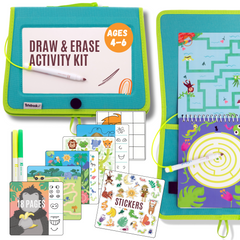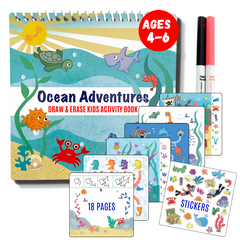One of the most important (and misunderstood) topics I hear from parents is how to correctly install and use a car seat rear facing.
Rear-facing seats are the safest way for babies and toddlers to ride because this position protects the child’s head, neck, and spine by cradling their body in a crash. But even with the best intentions, many caregivers unknowingly make small mistakes that can affect how well the seat performs in an emergency.
Let’s go over the most common rear-facing errors and how to fix them confidently.
Mistake #1: Using the Wrong Recline Angle
Your rearward facing car seat must be reclined at the correct angle to keep your baby’s airway open.
-
Too upright, and your baby’s head can fall forward, blocking their airway.
-
Too reclined, and the seat might not protect your child properly in a crash.
Most car seats have a built-in recline indicator (bubble, ball, or line). For newborns and infants, the seat should be in the more reclined range. As your baby grows and gains head control, you can move to a slightly more upright angle within the seat’s allowed range.
✅ CPST Tip: Always check your vehicle’s seat slope (for example, if you are parked in a sloping driveway). A slanted seat can throw off your recline angle. Some seats allow the use of a rolled towel or pool noodle at the base to achieve the correct position (but only if the car seat manual allows it).
Mistake #2: Straps That Are Too Loose or Positioned Incorrectly
For a back facing car seat, harness straps should come at or below the child’s shoulders, not above them (that’s for forward-facing).
And once buckled, the straps should be snug. You shouldn’t be able to pinch any webbing between your fingers at the child’s collarbone. This is known as the pinch test.
✅ CPST Tip: Tight straps may look uncomfortable, but they’re what keeps your baby from moving too far forward during a crash. Always smooth out harness twists and check the chest clip. It should sit level with the child’s armpits, not on the tummy or neck.
Mistake #3: Bulky Coats or Swaddles Under the Harness
This is one of the most common, and most dangerous mistakes with any infant rear facing car seat (or rear facing newborn car seat).
Puffy coats, snowsuits, and thick blankets create air gaps between your child and the harness. In a crash, that padding compresses, leaving the harness suddenly too loose to hold your child securely.
✅ CPST Tip: Remove bulky layers before buckling. Instead, buckle your child snugly in light clothing, then lay a blanket or coat over them after they’re strapped in. A warm hat and car seat cover (that doesn’t go under the baby) can help in cold weather.
You can also check out my friend's Dahlia's coats that are specifically designed to be safe in the car seat.
Mistake #4: Using the Wrong Belt Path
Every car seat has separate belt paths for rear-facing and forward-facing use.
Installing your backward facing car seat with the wrong belt path is a common (and confusing!) mistake, and it can cause the seat to move dangerously in a crash.
✅ CPST Tip:
-
Always look for labels or color-coded belt paths on your seat.
-
Follow the manual for whether you’re using the vehicle seat belt or the LATCH system (never both unless your car seat and vehicle specifically allow it).
-
Make sure the belt or anchors are tightened so the seat moves less than one inch side-to-side or front-to-back when tested at the belt path.
Mistake #5: Turning Forward Too Soon
Parents are often eager to turn their child forward, but rear-facing offers the best protection for as long as possible within your seat’s limits.
Crash data shows that rear-facing reduces the risk of fatal injury by up to 75% for infants under 3 years and almost 50% for toddlers ages 4-8 years old.
✅ CPST Tip: Keep your child rear-facing until they reach the maximum height or weight limit of their backward facing car seat. Many seats now go up to 40 pounds or more. It’s completely normal (and safe) for your child’s legs to touch or even cross on the seat’s back.
Bonus Mistake: Not Registering Your Car Seat
It’s easy to forget, but registering your car seat ensures the manufacturer can contact you about safety recalls. You can do this online or by mailing the included registration card. It only takes a minute, and it could make a huge difference.
Final Thoughts
Your rearward facing car seat does its best work when it’s installed and used correctly.
Small adjustments like tightening the harness, checking the recline angle, and removing bulky coats make a big difference.
If you’re ever unsure, you can schedule a car seat check with a Certified Child Passenger Safety Technician (CPST) in your area. They will walk through your specific infant rear facing car seat step by step, so you can leave knowing your child is as safe as possible every time you buckle up.











Leave a comment